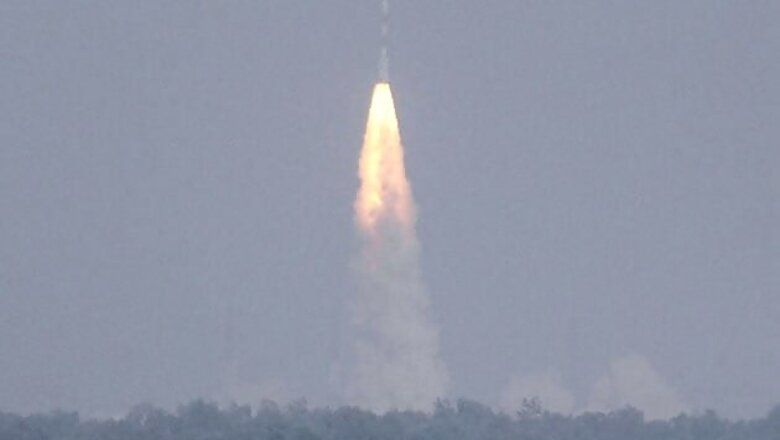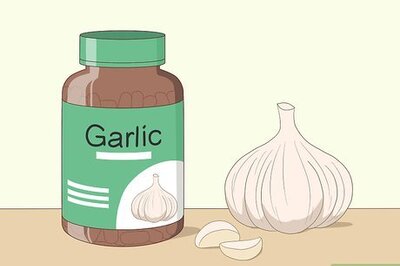
views
Thiruvananthapuram: Expressing satisfaction over the success of the Mars Orbiter Mission, K Sivan, director of Liquid Propulsion Systems Centre at Valiamala on Friday said the life of the orbiter may be extended to one year from the planned six months.
"The life of the satellite was planned for six months. What we understand now is that it may go to one year," he said while interacting with media during a felicitation ceremony organised by the Press Club here to honour a group of scientists of the Liquid Propulsion Systems Centre (LPSC), which played a significant role in the Mars mission.
"We are not keen to keep the orbit in a precision mode and the aim is to keep the satellite active and make use of the last gram of propellant," Sivan said.
Regarding the criticism to the Mars Mission Project, he said it was not just for taking photographs of the red planet.
"It is a prospect given to the younger generation. It is an opportunity and challenge for them. When you have anything before you to challenge, then only you can go forward," he said.
"The ISRO started with a rocket launch which has now become a pioneer and every citizen is now linked to one way or other to space applications", Sivan said, adding, so the present Mars mission was also for future generation.
The contribution of LPSC, which built the crucial Liquid Apogee Motor for Mangalyaan, was more significant in the mission than the other centres of ISRO, he said.
"Mangalyaan is a fully satisfied mission, The accuracy we achieved was very high. It placed India in the top of the map of world space science," he added.
Sivan said the space agency was also working on a technology that can send man to the moon.
"We are also developing capability and technology for manned mission to moon. He have a policy and we will do it when we mature on it," he said.
The scientist said the most complex part of the mission was to keep an engine idle for 300 days and make it activate after a long gap.
NR Vishnu Kartha, associate director, LPSC, said the centre was working on to develop a higher capacity payload.
"Though we have limitations, if required, we can send a man also to the space. But we should have a more reliable vehicle if we want to send a man. Life supporting system also should be developed," he said.


















Comments
0 comment